Iron is an indispensable element for the functioning of the human body, since it is an essential component of the protein called hemoglobin, which is responsible for transporting oxygen to red blood cells. Therefore, if we don’t get enough of this mineral, it is likely that we feel tired and dizzy, and even develop anemia.
Although iron requirements vary by gender and age, the Center for Disease Control and Prevention (CDC) recommends a dose of 8 mg per day for men and 18 mg per day for women who are not pregnant or breastfeeding.
Despite the existence of supplements that can supply us with this mineral, the best way to get your recommended dose of iron is through a healthy and varied diet. To do this, you’ll find below a terrific list of the 10 best natural sources of this vital mineral.

Clams are one of the best sources of iron found in nature. In fact, an 85 gram portion of canned clams contains no less than 23.8 mg of iron. A great way to add more iron to your diet is using clams for sauces or incorporating them into your pasta or rice dishes.
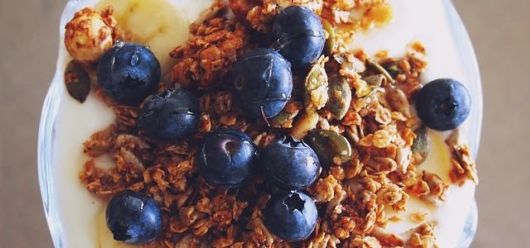
Although cereals are often an excellent source of iron, it is important to know what kind to consume. Certainly, grains that are rich in sugars and artificial flavorings are not a great option when it comes to a healthy diet, so the key is to find a fortified cereal that provides 100% of the daily recommended dose of iron. A one-cup serving of fortified cereal can provide up to 18mg of this important mineral.

The next time you go to a seafood restaurant, consider asking for a good portion of cooked oysters as your main course, as only 85 g of this delicious sea fruit can provide about 10.2 mg of iron. Although raw oysters are also packed with essential nutrients for our body, the cooked version is safer for regular consumption.
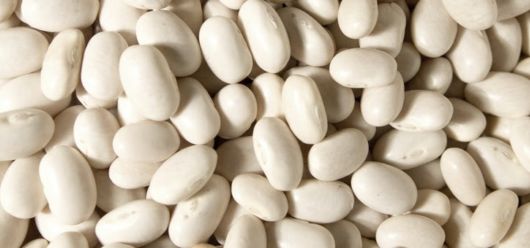
While all beans provide iron, white beans contain the largest amount of it. In fact, just one cup of these beans provides 8 mg of iron. If you don’t have time to clean and boil them, you can try the canned version, as long as you keep a watchful eye on your sodium intake.
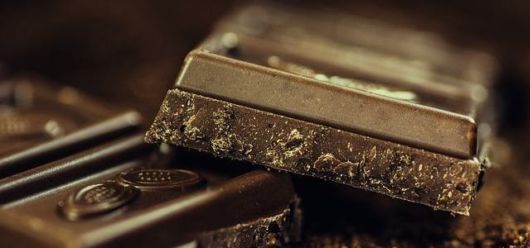
If you are a chocolate lover, you now have another reason to be delighted with this dessert. In an 80g portion of dark chocolate, equivalent to a small bar, you’ll find between 7 and 8 mg of iron. Don’t forget to look for dark chocolate with a cocoa concentration higher than 60% and, as always, control the size of your portions.
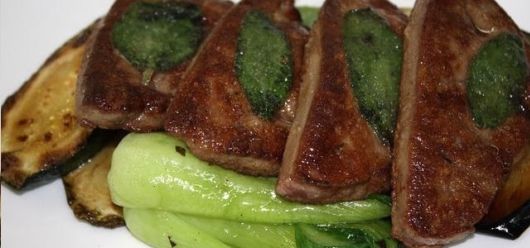
Organ meats are an excellent source of essential nutrients for your health, including iron. Although exact amounts depend on the type of organ and portion size, beef liver, for example, can provide 5 mg of iron each 85 gr.
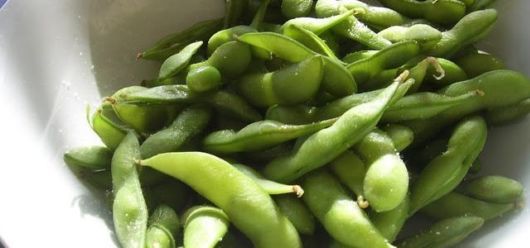
Soybeans are one of the main sources of protein in vegetarian diets. However, all people, regardless of their food preferences, can benefit from this product. A half-cup serving of soy beans can contribute between 4 and 5 mg of iron, so we recommend you use them in salads and other dishes.
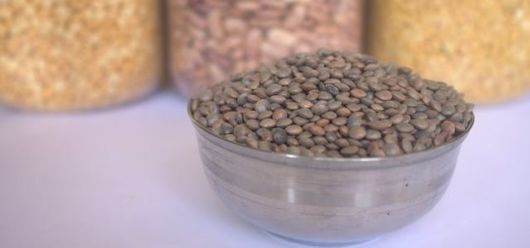
Besides being related to beans, lentils are another excellent natural source of iron. With a portion of only half a cup you can get more than 3 mg of iron, with the added advantage that you can cook lentils faster than beans. Lentil soup is an especially great way to enjoy this iron booster.
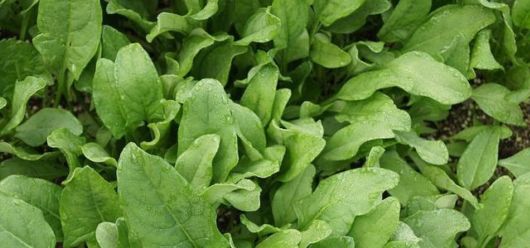
Despite being known for its high content of vitamin A, spinach is also an important source of iron: half a cup of spinach contains about 3 mg of it. This vegetable is versatile and can be used to prepare a variety of dishes, from frittatas to lasagna, pies and salads.
How to determine your individual iron requirement:
Knowing the main sources of iron is a good start, because we all need this essential mineral. However, it is also important to understand that each person may have a different iron intake requirement, especially when it comes to people who already have an iron deficiency, or those who tend to develop anemia.
Check with your doctor or nutritionist about specific recommendations for iron consumption in the following cases:
? If you recently lost significant amounts of blood.
? If you are being treated with anticoagulants.
? If you have a history of kidney disease.
? If you have more than 65 years under your belt.
? If you have heavy menstrual periods.

